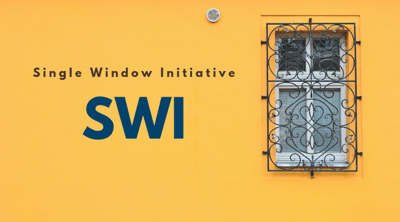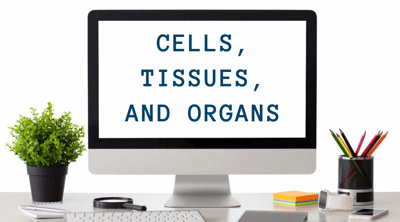- Home
- About
- Services
- Tools & Resources
- Client Info
- Request Info
- Carrier Tools
- Contact Us
- Get a Quote
- Français
The Single Window Initiative means several changes for importers:

Our goal is to help you understand what is expected for the new “how, when, and what” of SWI requirements relating to the items you ship. These updates guide importers through specific commodities or categories of commodities, and the Participating Government Agencies (PGAs) that are affected.
Under the new SWI, it’s important that you understand which Participating Government Agencies (PGAs) are regulating your products. Some products are regulated by multiple PGAs, and the PGAs regulating your products may have changed under SWI. Additionally, each PGA and the CBSA can issue penalties for incorrect and missing documents. Understanding what information and documentation is needed for clearance will make the clearance process into Canada smoother and more efficient.

The SWI data elements required for release include:
Human therapeutic use
The categorization to which the goods belong.
The product category combined with the intended end use establishes what LPCO (License, Permits, Certificates, Other) documentation is required.
Intended use: human therapeutic use
Cells: importer establishment registration (optional) AND exporter establishment registration (optional)
Tissues: importer establishment registration (optional) AND exporter establishment registration (mandatory)
Organs: importer establishment registration (optional) AND exporter establishment registration (optional)
Importer establishment registration: importer establishment registration number
Exporter establishment registration: exporter establishment registration number
Lymphohematopoietic cells and organs are exempt from having to provide establishment registration numbers.
Health Canada requires contact information for all imports. Importer Name, telephone number, or email address is required for release.
Although not required, this information would allow a clearer identification of the product and facilitate communication in case of referrals.
For SWI, being proactive is your best strategy—gather all your information and documentation as far in advance as possible. Importers who know the requirements for the products they’re importing, and understand the new processes under SWI, will have a much smoother import experience.
As you adjust to the new requirements and workflow of the Single Window Initiative, we're here to help. Our customs team is ready to help you understand the SWI and its new requirements for your commodities—contact us today!
